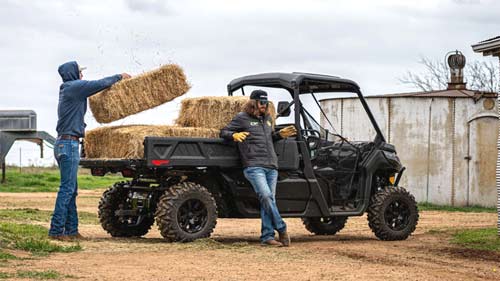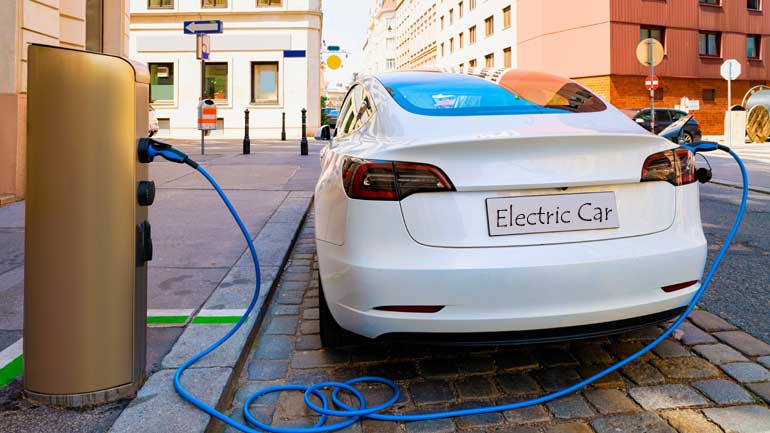 In today’s automotive industry, clear bra or paint protection film (PPF) is a thermoplastic urethane film which can be applied to the high-impact areas of a car to protect it from stone chips and debris, the harmful fading effects of UV radiation, and many other things that damage a car’s paint. While it seems like a clear application that makes total sense to apply to cars, it didn’t start out that way.
In today’s automotive industry, clear bra or paint protection film (PPF) is a thermoplastic urethane film which can be applied to the high-impact areas of a car to protect it from stone chips and debris, the harmful fading effects of UV radiation, and many other things that damage a car’s paint. While it seems like a clear application that makes total sense to apply to cars, it didn’t start out that way.
Sometimes, inspiration can be found in the most unlikely of places. The modern variant of PPF can be traced back to the mid-1950s when the US Department of Defense contracted 3M to develop a solution for protecting and extending the life of helicopter blades being hit and damaged by flying debris during takeoff and landing. Helicopters would regularly receive this sort of damage from routine missions, requiring expensive overhauls and time when the helicopters would not see service while getting blades replaced.
The solution was a lightweight film that could be applied to the rotor blades, which gave it the protection it needed without hindering its performance. This film would suffer the brunt of the damage, which could be replaced far more cheaply than helicopter blades. Due to its high degree of effectiveness, the films would be used in the US military for a long time afterward, especially proving its worth in the harsh, dusty conditions of Operation Desert Storm.
The development of this film actually predated the invention of the very first car bra, which was created in 1961 for a Porsche 356 using black vinyl. While effective for some, others were displeased with the original design of the bra, claiming that the ugly black cover took away from a car’s looks and actually caused damage to the paint rather than protecting it. The worry was mostly with how the vinyl covers were attached to the car, and in some cases having it flapping in the wind against the paint tended to create additional damage.
Due to its original purpose, the urethane coating gained the name “helicopter tape”, which is a far less common term today after its repeated use on cars. It continued to be used in the aerospace industry, protecting aircraft noses and propellers from damage, erosion, and chemical exposure, while also finding its way into the average consumer’s lifestyle by protecting downhill ski tips from damage against snow, ice and debris.
It wasn’t until the 1980s that the urethane coating would make its way into the automotive market, originally being used for racing teams who wished to protect the front ends of their cars against track rubber, debris, and close contact with other drivers. In the world of auto racing, any small advantage can add up over time, and allowing your car to remain as aerodynamic as possible without compromising chips can mean the difference between winning and losing a race. As it was still in the early stages of development for cars, it wasn’t really accessible to the market at this time, at a price that made sense to competitive racing teams, but not really for the average consumer.
The harsh black vinyl coverings began to disappear from the front of racing vehicles, and the world began to take notice. As the black vinyl covering had already become well established and known as a car bra, it made sense that the clear version would become known as a clear bra. It quickly gained a reputation as the option that not only protected your car without sacrificing looks but also as a method of protection that didn’t damage your car itself.
Over time, increased production and demand allowed the mass production of PPF to become profitable, and prices lowered to become accessible to modern consumers. Continued evolution and research made modern variants of the clear bra to include more impressive features and a higher level of protection than their 1980s counterparts. While originally requiring professional assistance to install properly, there are many low-cost variants that provide decent results and an amateur-friendly application process. The professionally applied film is naturally still harder to apply, but usually comes with better results and higher overall quality, and can include several impressive features. These can include self-healing properties that allow minor nicks and scratches to be removed with hot water, and hydrophobic properties that let water bead and slide off rather than leaving hard mineral deposits where it evaporated on the film.
New materials and manufacturing methods are constantly improving automotive PPF, with constant improvements being made all the time. The creators of the original helicopter film, 3M, is only one of the major names in the industry today, with other names like XPEL and SunTek creating high-quality products, and always pushing to innovate to stay on top. It is very likely that PPF will continue to improve in the future, and that it will be a mainstay on the automotive market for many more years to come.




